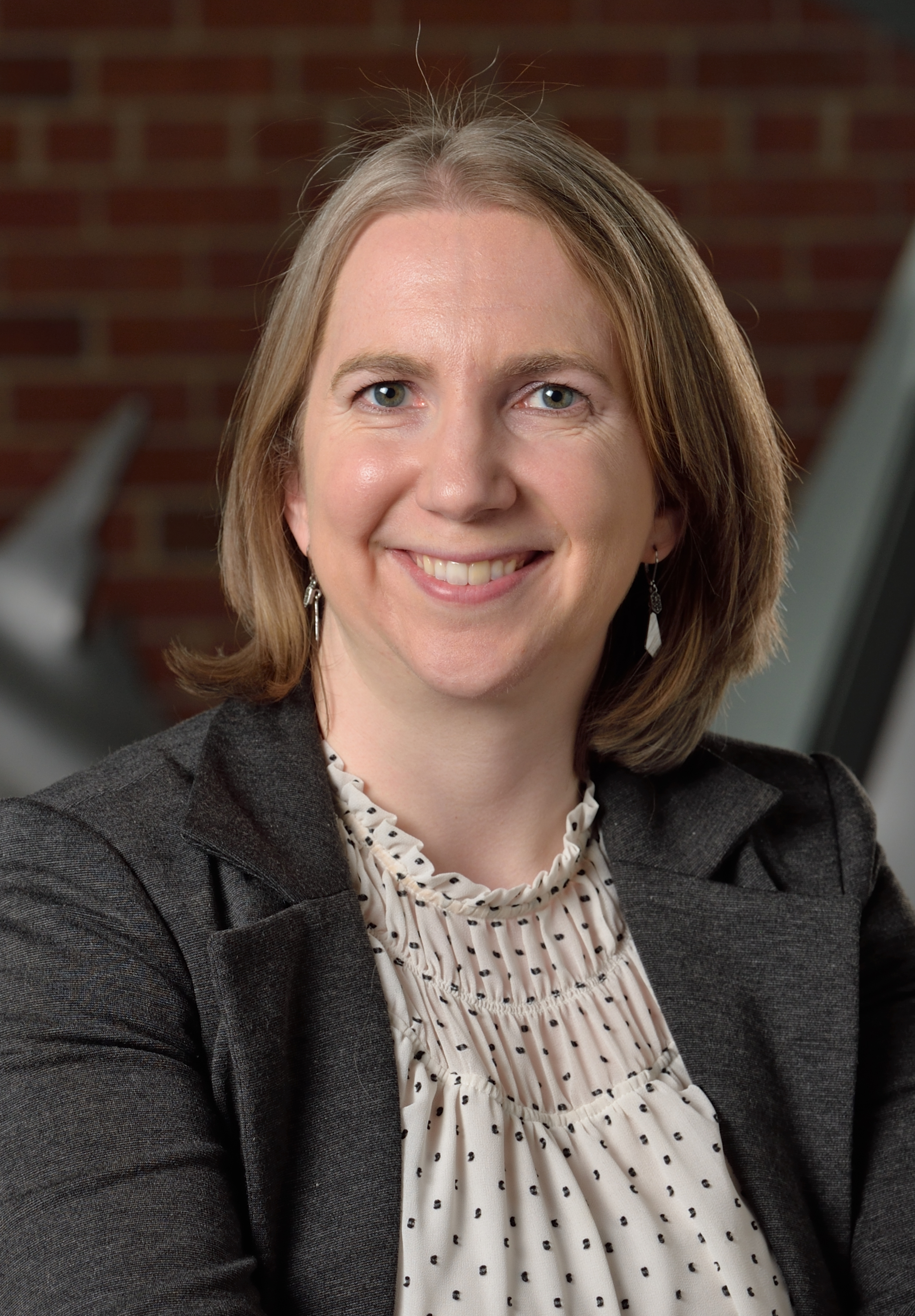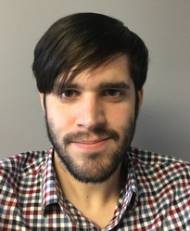MSU researchers receive NSF grant to address ‘Grand Challenge’ of plant biology
Pursuing ways to anticipate observable plant attributes through mathematical analysis, predictive modeling

EAST LANSING, Mich. — Michigan State University molecular plant scientist Dan Chitwood has received a $640,000 grant, part of a larger $1.5 million collaborative award from the National Science Foundation, to learn how to predict a plant’s phenotype — its observable physical traits — from its genetic makeup or molecular profile.
While current sequencing technologies allow the extraction of nearly all information from the genome, Chitwood said measuring what an organism is or what it eventually becomes has not advanced as far as genomic sequencing. He adds that scientists have not yet been able to measure the totality of information embedded in an organism’s physical form, like they have in genomes.

“If we could extract all the information that is contained within organisms, we would be able to create a model predicting what the organism is from its genomic information – which remains a Grand Challenge in biology,” he said.
To tackle this challenge, Chitwood said the research team will utilize a mathematical approach not yet fully explored in biology called Topological Data Analysis (TDA). This form of analysis, typically deployed within mathematics, recognizes that all shapes are data, and all data have shapes.
To gather the data, researchers will scan plant leaves using X-Ray Computed Tomography (CT) — a nondestructive method that provides internal three-dimensional images of the subject down to microns, or one-millionth of a meter — and evaluate attributes such as leaf shape and gene expression.
“The data is literally (mapped out in) a shape, literally (becomes) a structure — it’s (what constitutes) a leaf,” said Chitwood, an assistant professor in MSU’s Department of Horticulture and member of MSU’s Department of Computational Mathematics, Science and Engineering (CMSE).
To quantify a leaf’s shape, Chitwood’s team will measure the topological features of a leaf from different axes running through the CT scan.
Chitwood said the analysis will create a summary of content information embedded within the leaves of the plants being studied — species of Arabidopsis and Capsella, small flowering plants widely used as model organisms in plant biology.

The project will be performed collaboratively among several universities. Researchers from MSU also include Elizabeth Munch, a CMSE associate professor, and Robert VanBuren, an assistant professor in the Department of Horticulture. Emily Josephs, an assistant professor in the Department of Plant Biology, is also collaborating on the project.
Researchers outside of MSU are Aman Husbands, an assistant professor at the University of Pennsylvania, Arjun Krishnan, an associate professor at the University of Colorado, and Alejandra Rougon-Cardoso, a professor at the Universidad Nacional Autónoma de México.
Along with Rougon-Cardoso and VanBuren, Chitwood previously developed a series of free bilingual lessons in coding, plant biology, computation and bioinformatics called Plants & Python to combine the work of plant biologists and data scientists. Students from the U.S. and Mexico will use the curriculum to help the team analyze leaf data.
“This grant is unusual in that we’re actually bringing real mathematics together with a biological question,” Chitwood said. “We’re getting uncomfortable in new territories that none of us have ever explored.
“It’s truly an interdisciplinary grant.”
The purpose behind analyzing and coding the data is to develop a model for predicting what an organism could be based on its complete set of genes. The novel model within this project will be used to predict the shape of a leaf.
“It’s called a ‘Grand Challenge’ (amongst the scientific community) because nobody knows how to do that,” Chitwood said.

Similar to how emerging artificial intelligence tools such as ChatGPT create desired materials based on the information provided to it, Chitwood said this new model would help predict the totality of an organism from the gene expression pattern it receives.
Currently, the only way breeders can know exactly what a plant will be or how it’ll respond to its environment based on its gene combination is to plant it. Chitwood said a model like this would accelerate the pace of breeding by eliminating the need to plant every time there’s a question about what an organism’s genes will give rise to.
“If you could predict what an organism would be given any gene expression profile, you would bypass that whole process (of having to test gene combinations by planting),” Chitwood said.
Bringing together plant biologists who have never coded and data scientists new to plant science from two different countries is purposeful in other ways. Chitwood said the approach not only bridges the gap between applied science and theoretical math, it mobilizes researchers from across the world to work together.
“We’re creating a dialogue across disciplines: mathematics and biology,” Chitwood said. “People say, ‘You’re harnessing the data revolution.’ We (plant biologists) do have these tools that they (data scientists) have developed — we just need to apply them.
“I also see interdisciplinary research as bringing groups together from an intercultural perspective. We get in our silos not only by discipline, but also on a more global level by country. If we were exchanging information even more broadly, there are things we could learn from different groups (across the world).”
The grant promotes the National Science Foundation’s mission to promote the progress of science, advance national health, prosperity and welfare and secure national defense.
In addition to Chitwood’s $640,000 grant, Husbands received a $526,000 grant at the University of Pennsylvania and Krishnan received a $334,000 grant at the University of Colorado to perform this research.
“This is a true collaborative award,” Chitwood said.



 Print
Print Email
Email




